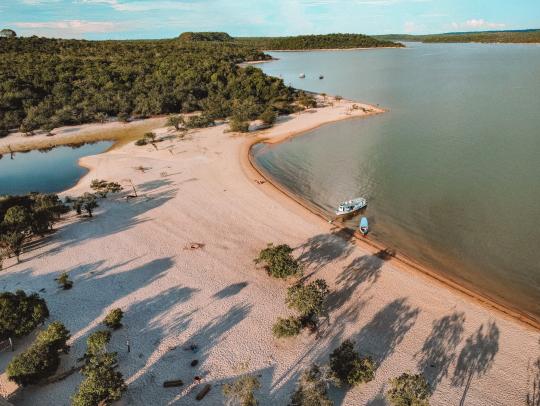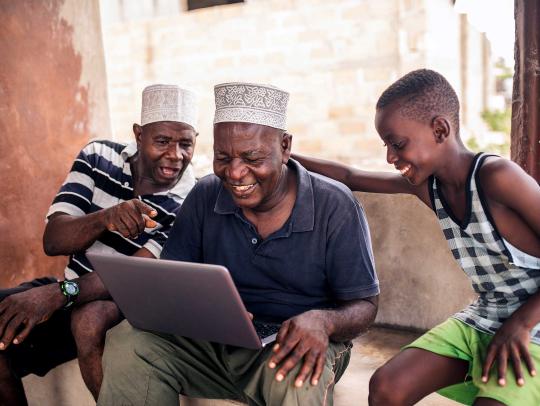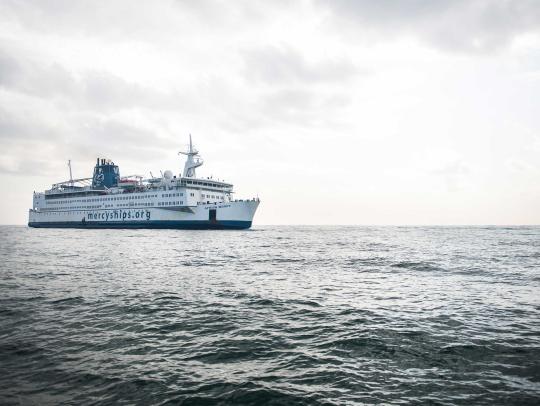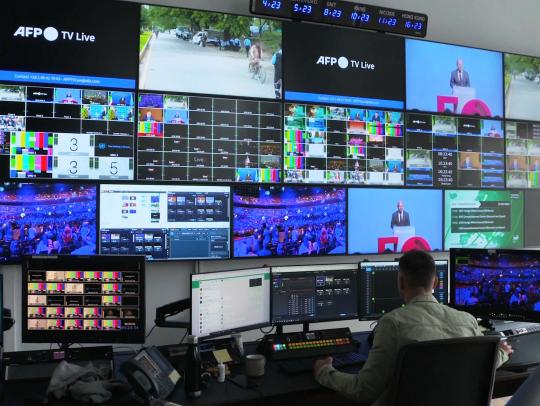When Fibre Fails: How Resilient Connectivity Keeps Us Going
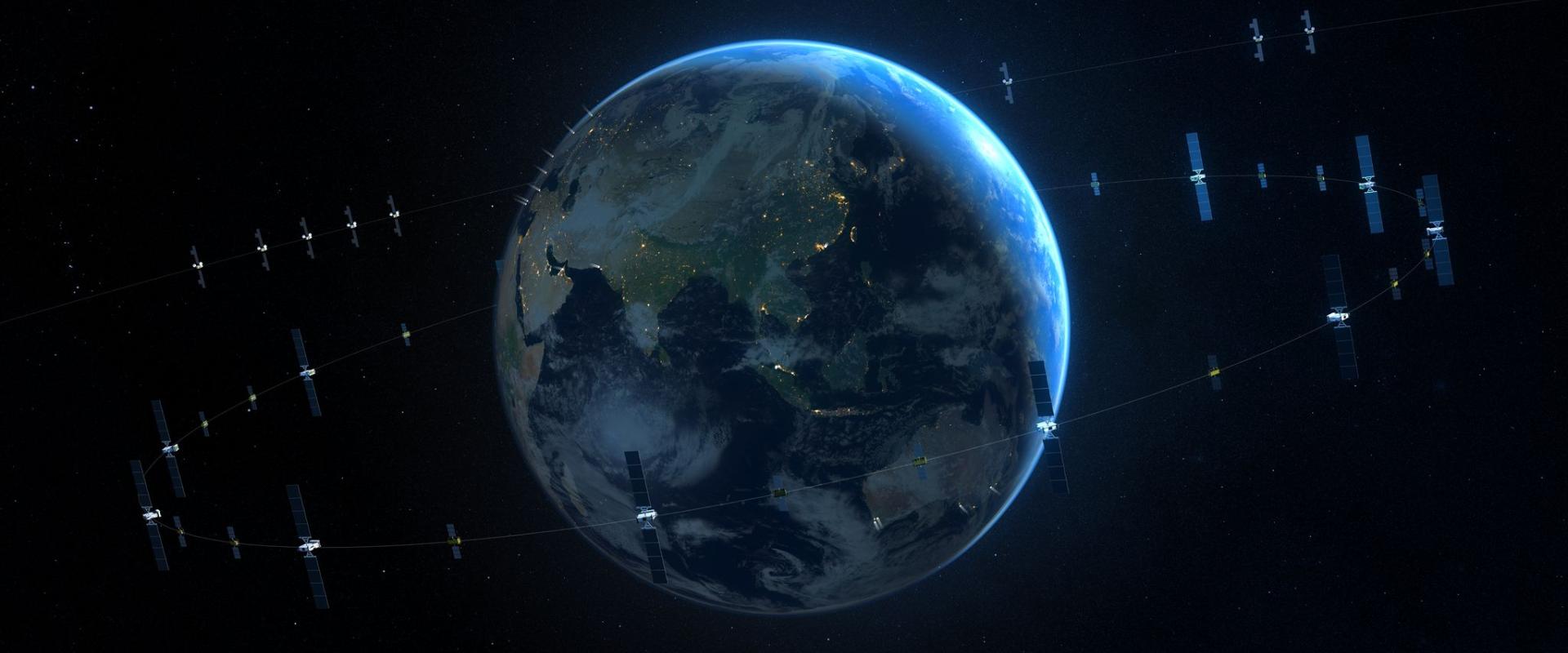
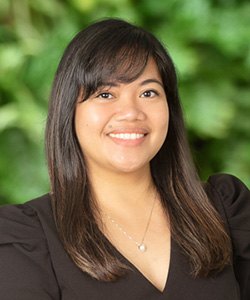
For years, fibre has been the backbone of modern networks, and still is, but in disaster-prone regions, it isn’t enough. That’s why hybrid connectivity, combining terrestrial and satellite links, is becoming the new standard.
Every year, hurricanes and typhoons sweep across the Americas and the Asia-Pacific, leaving behind a path of destruction and disconnect. Roads get blocked. Power lines go down. Fibre cables are cut. In moments like these, staying connected is about survival, support, and keeping society running.
At SES, we believe our space-based solutions are essential to prevent such scenarios. We work behind the scenes to ensure that when terrestrial networks go offline, our satellites step in, quietly, reliably, and instantly to reconnect communities, governments, and businesses.
Keeping our communities safe in the eye of the storm
In the aftermath of a hurricane or typhoon, the first question is: “Can you hear me?” When terrestrial networks fail, our satellite-enabled systems help restore vital connections, powering field hospitals, supporting responders, and enabling authorities to coordinate recovery.
In December 2024, a magnitude 7.3 earthquake struck Vanuatu, severely damaging local infrastructure and cutting off traditional communications networks. With fibre and mobile towers knocked out, communications ground to a halt. SES worked with local partners to restore connectivity almost immediately, enabling emergency teams to coordinate logistics and for residents to contact family.
Building with Resilience in Mind
For years, fibre has been the backbone of modern networks, and still is, but in disaster-prone regions, it isn’t enough.
That’s why hybrid connectivity, combining terrestrial and satellite links, is becoming the new standard. With SES’s unique multi-orbit network, traffic can seamlessly switch between GEO, MEO and LEO satellites whenever there is a disruption, ensuring operations continue with minimal interruption.
In regions like Asia-Pacific and the Americas, hybrid connectivity solutions are gaining real traction. In Asia-Pacific alone, disaster-related losses topped USD 65 billion in 2024, while in the United States, one of the most disaster-affected countries, economic losses from weather and climate events soared to approximately USD 217.8 billion in the same year. The message is clear: the need for resilient, future-ready infrastructure has never been more urgent.
Every Satellite Orbit has a role to play
Each orbit plays a different role. GEO satellites provide broad coverage that is ideal for broadcast and wide-area services. LEO satellites deliver low latency, which makes them well suited for high-speed mobility. MEO satellites, through our O3b mPOWER systems, combine low latency with high throughput for resilient, high-performance networks.
This multi-orbit approach allows us to design the right solution for every situation. For telecom operators, that means fewer outages. For governments, it means a more reliable disaster response. And for businesses, it means staying connected to cloud applications, customer data and point-of-sale systems, even in the middle of a storm.
Connecting from anywhere - on land or at sea
Resilience isn’t just for emergencies. It matters in everyday moments too, whether that’s a remote energy crew uploading data, or a production team broadcasting a global sporting event live.
With portable terminals and seamless integration into existing networks, SES makes it possible to connect from places where traditional lines can’t reach or where they haven’t been built yet.
In mining towns, on offshore rigs, across mountains and islands, our customers rely on us to keep their teams connected, safe, and productive. And just like our work in the skies and at sea, it’s a quiet kind of support helping people get on with the job, wherever they are.
Planning for the next unknown
We can’t always predict when the next disruption will strike, whether it’s a natural disaster or a man-made event. But we can be ready.
